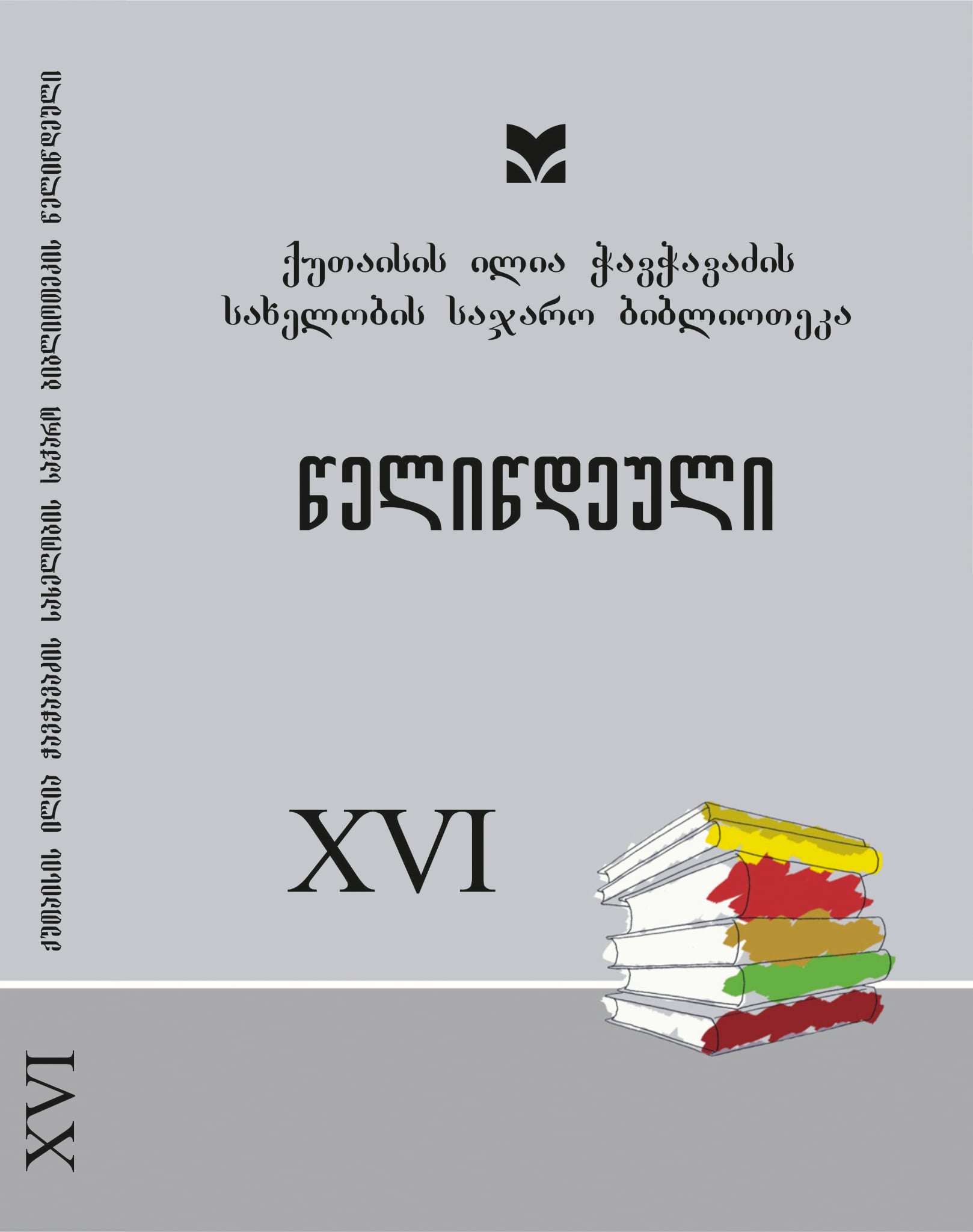Turkish Phraseologisms in the Gurian Mamluk’s Book „New Dialogues“
DOI:
https://doi.org/10.61491/yk.16.2024.9401Keywords:
Turkish phraseology, Turkish vocabulary, Ioseb TsilosaniAbstract
Phraseologisms are sometimes referred to as figurative expressions, idioms, or set expressions. They represent fixed combinations of words characteristic of a given language, in which the constituent words are linked in such a way that the meaning of
the entire phrase can be understood.
Phraseologisms occupy a special place within the lexical system of any language. They not only enrich a language’s vocabulary but also reflect the cultural specificities of the people who speak it. In Turkish, a phraseologism is expressed by the term Deyim, while until the 1930s–1940s, the term tabir (expression) was also commonly used.
The book New Dialogues by Ioseb Tsilosani is notable for its rich grammatical and lexical diversity. Of particular interest is the variety of phraseologisms presented in the text. Ioseb Tsilosani, son of Lazar, known among Orientalists as Ali-Amed Efendi, had a tragic fate: in 1812, at the age of eight, he was abducted and initially sold to the prominent Ottoman merchant Hasan-Agha, and later to Muhammad-Agha in Cairo. Before returning to his homeland, he underwent a long and challenging life journey. Upon returning, he devoted himself to scholarly work and turned Tbilisi into a kind of center for the study of Eastern languages.
In 1856, he published a Russian-French-Turkish conversational dictionary, officially titled New Dialogues in Russian, French, Turkish, and Tatar Languages, with Cyrillic Transcription for the Last Two Languages (Новые разговоры на Российском, Французском, Турецком и Татарском языках с Русским произношением двух последних). Notably, Tsilosani used the term Tatar in reference to Azerbaijani. The 630-page work is organized into four columns, presented in the order: Russian, French, Turkish, and Cyrillic transcription. The dialogues cover various thematic topics, totaling 130 sections, and contain numerous phraseologisms, both expressive of human emotions and of numerical or quantitative concepts. Examples include: Can çekişmek: literally „struggle with the soul“ (can – life, soul; çekişmek – struggle). Signifying torment or suffering; the agony of the spirit. Can vermek: literally „to give
the soul“ (can – life, soul; vermek – to give). Refers to death. Başa çıkarmak: literally „to lead to the head“ (baş – head; çıkarmak – to bring out). Refers to completing a task or bringing something to an end. Bir ayağı mezara koymak: literally „to put one foot in the grave“ (bir – one; ayak – foot; mezar – grave; koymak – to place). Refers to being near death.




